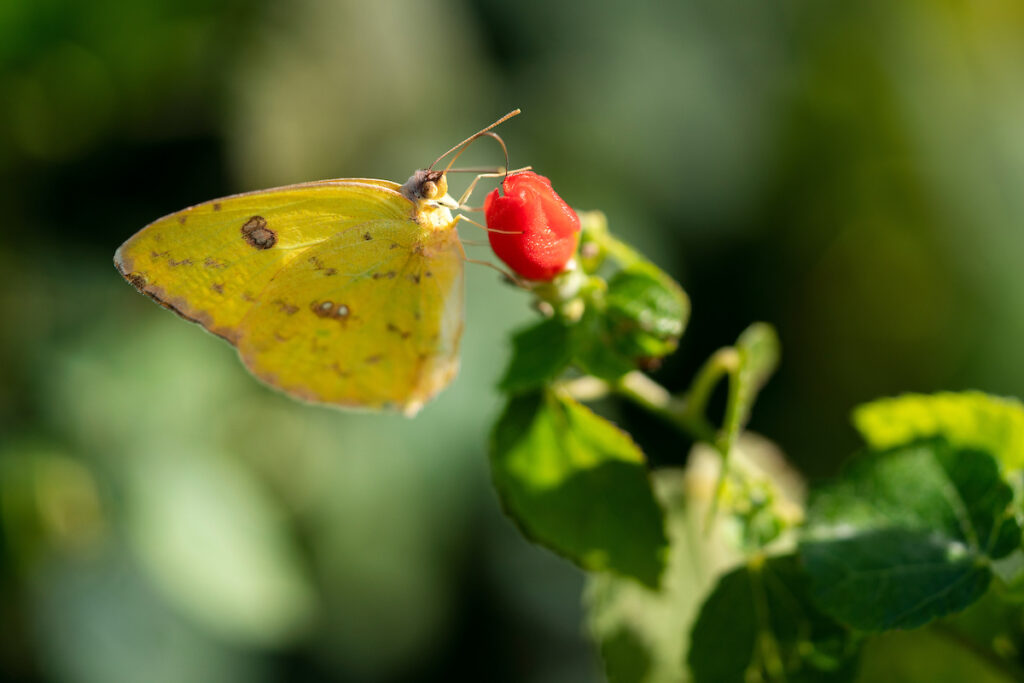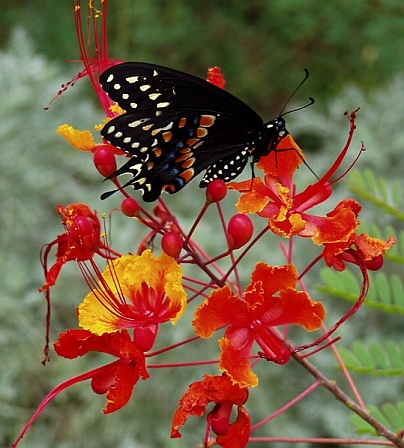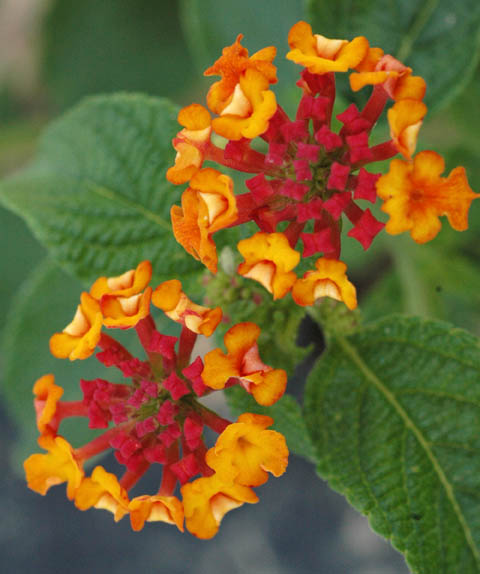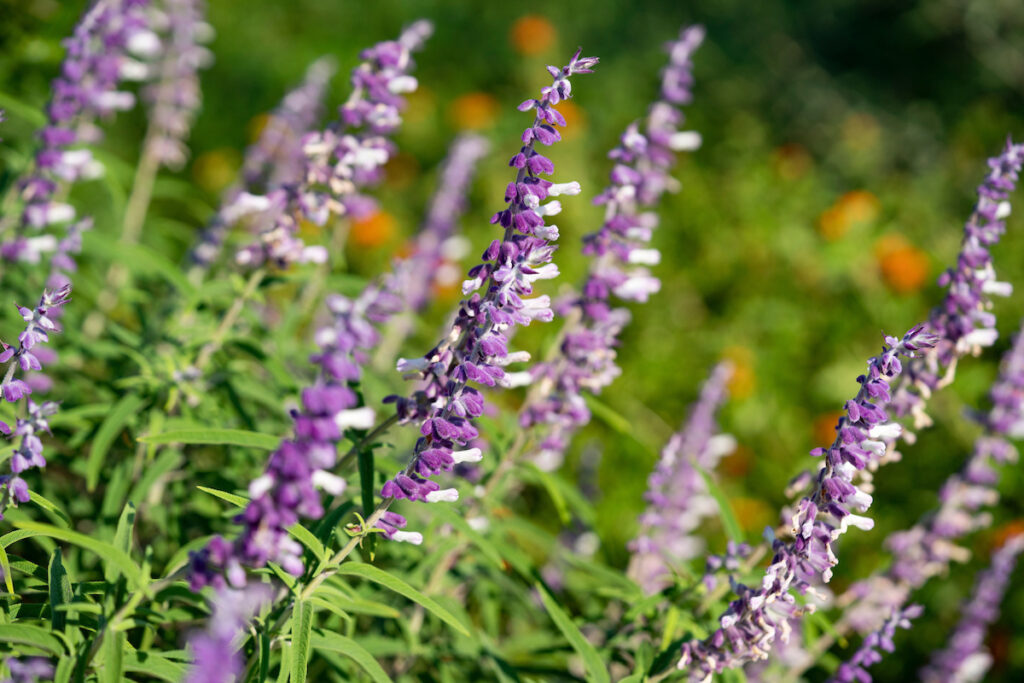



March 12, 2024 - by Susan Himes
A delicate butterfly alighting on a garden bloom is a tangible sign for many that spring has indeed arrived.
A Texas A&M AgriLife Extension Service specialist shared insights on how to draw these beautiful beneficial insects to your yard — not only in the spring but throughout the summer and fall.
“The key to having the most butterflies is to have constant or overlapping blooms,” said Molly Keck, AgriLife Extension entomologist, Bexar County. “You can keep pollinators coming back to your garden with reliable, continuous food sources that they like.”
By planning ahead, both with planting at appropriate times and knowing when you’ll have butterfly-favorite flowers, they will return to your bloom buffet over and over again.




Keck, who is also the AgriLife Learn Butterfly Gardening course instructor, said some plants do a better job than others of attracting butterflies and other pollinators, and plants designated Texas Superstars are a good choice to survive and thrive. Here are some of her Texas pollinator plant suggestions:
Plants designated as a Texas Superstar must not only be beautiful but also perform well for gardeners across the state. These tested landscape ornamentals are suited to the Texas climate.
All but one of Keck’s butterfly suggestions have received the Texas Superstar designation. Texas Superstars also must be easy to propagate, which helps ensure the plants are available throughout Texas and reasonably priced.




It is important to keep in mind that a butterfly garden and butterfly-friendly plants are food-sources for the adults. If you want to observe butterflies through their whole life cycle, you will need to plant food sources for caterpillars and have plants where butterflies will lay their eggs.
“The fall — September, October and even into November – is really the best time to see the most butterflies,” Keck said. “As long as you have plants for them to get nectar from, they will come.”